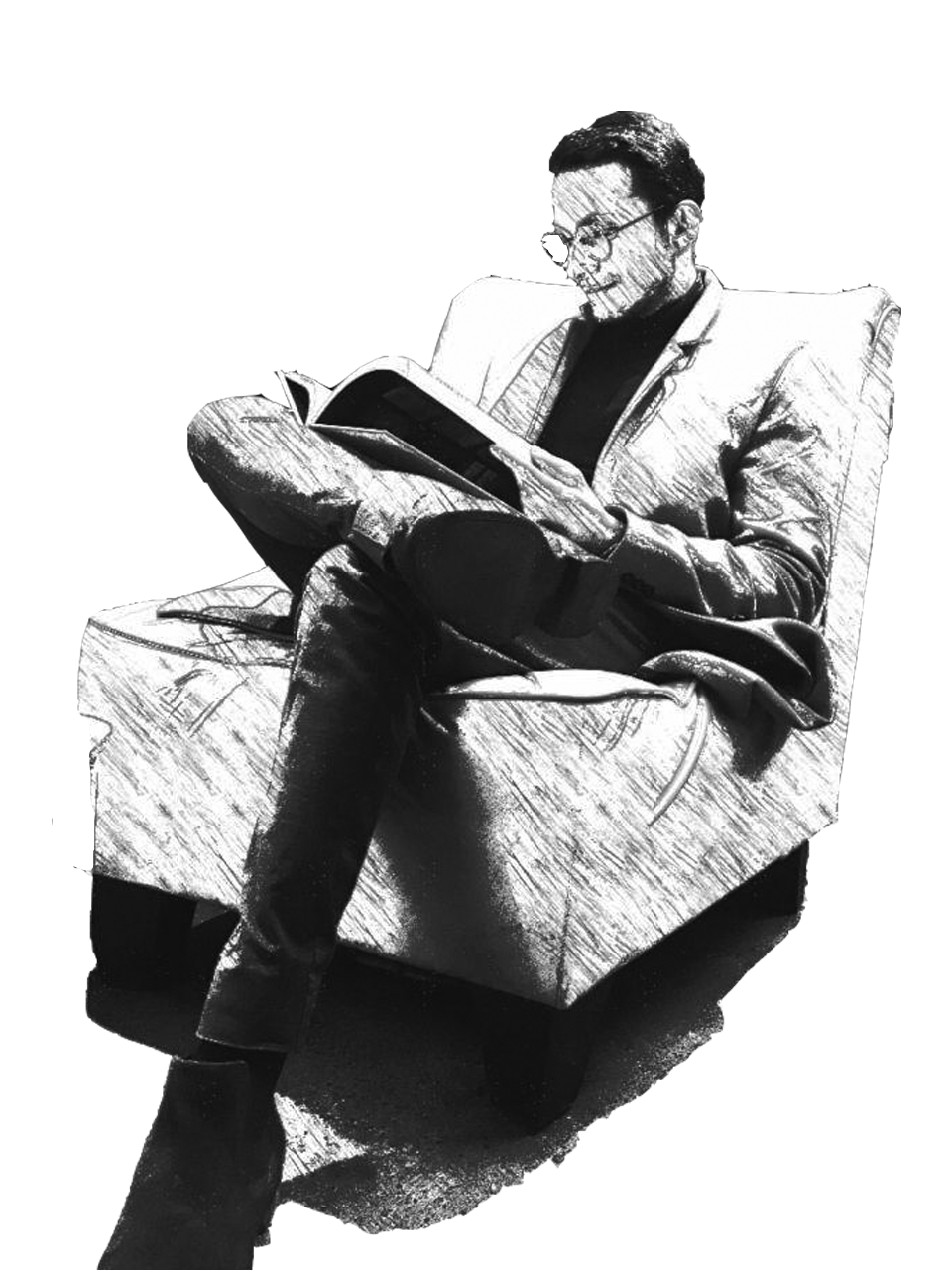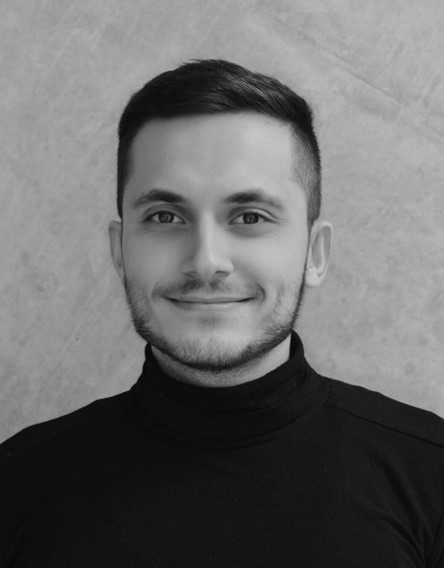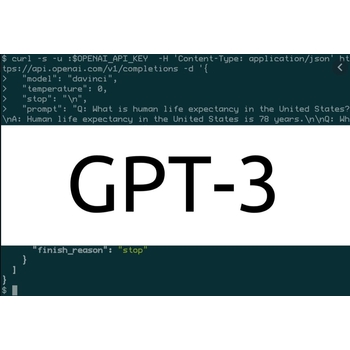

Ph.D. Student at University of Toronto & Co-Founder of Veebar Tech


I am passionate about transitional research, challenging questions, and moon shots.
An academic researcher by day, an entrepreneur by night.
I am a researcher at Autism Research Center (ARC). My research is focused on using graph neural netowrk (GNN) clustering to find clinically relavant labels for individuals diagnosed with ASD and ADHD.
Veebar Tech Inc. is a Canadian start-up company which aims to develop smart-home systems to support independent aging adults at home. Starting from 2018, the company has been working closely with seniors and senior community centres to understand their pain in order to serve them better.
Course Title: Elements of Product Design - ELIC105
Course Level: College
The course focuses on the process of developing electronic-based products with considerations on hardware encapsulation (SOLIDWORKS) and user interface (HTML&CSS).
Under the supervision of Dr.Soosan Beheshti, I worked as the head teacher assistant for the course of Signals and Systems I (BME 532). In addition to my task as a TA, I helped to develope online open-source platform for the course. Including 13 graphical user interfaces (GUIs) that help with the undrestanding of the course.
Institute of Electrical and Electronics Engineers (IEEE), Instrumentation and Robotic Automation Chapter
Springer SIVP
(10 Journals)
IET Signal Processing
(2 Journals)
Healthcare AI and Analytics (HAA) at iBEST ST.Michael`s Hostpital
Occasionally get invited as a guest speaker for technology / health related conferences

Here is a short story on how I used graph theory and twitter, to find a direct path from Elon Musk account to my account [...]

My company (Veebar Tech) just recieved third stage Norman Esch Engineering Innovation & Entrepeneurship Award [...]

GPT-3 is a new deep learning model from Open AI that performs text-in/text-out tasks. In short, it is google search on streroid. But you can read the longer version here [...]
If you enjoy receiving a short email once in a month on books, podcasts, scientific papers, and apps that I have found interesting, please consider signing up with your email: